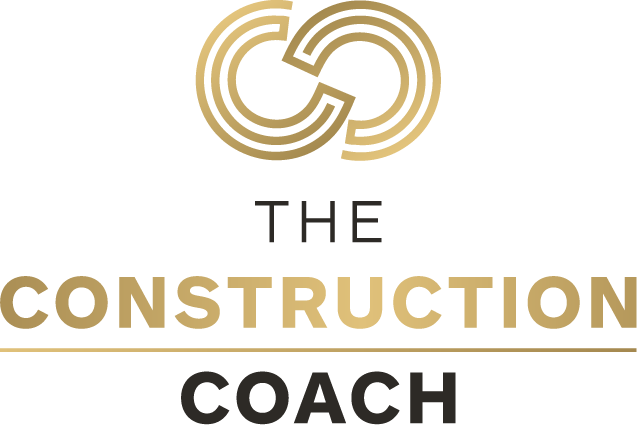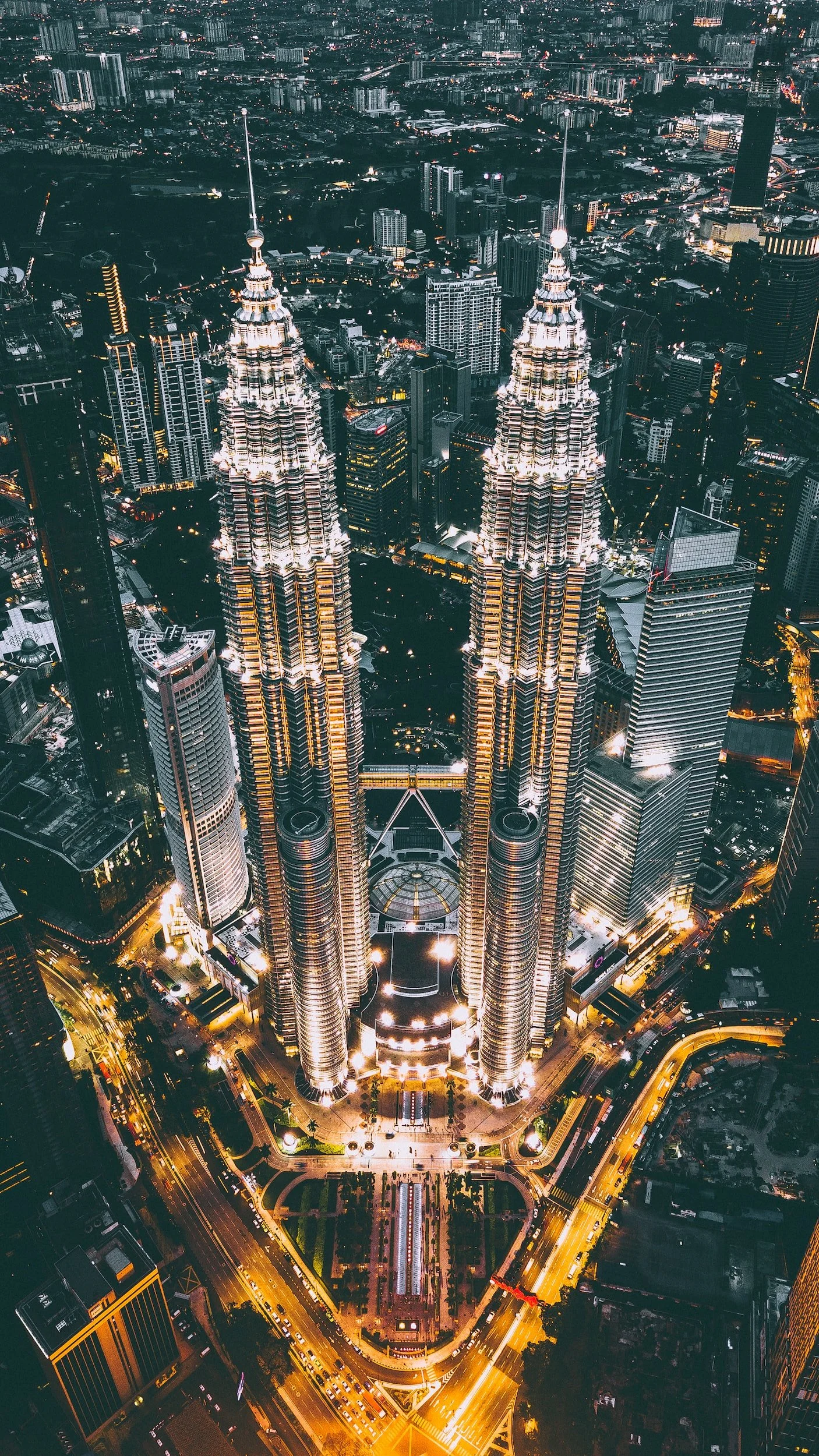The Illuminated Leader
Lights. A thoughtful concept that can determine your perception of an area. Its precise placement and colour alone can determine the significance, feel and appeal of that atmosphere although not absolute, certainly plays a role in that intangible subconscious decision. Enter, the creator of cohesive spatial experience – the Lighting Designer: Tim Hunt.
I came into the lighting design industry by accident. Whilst studying Industrial Design, we were tasked with designing a sculptural item for an end of the year show. I started experimenting with repetitive shapes, and translucent plastic which allowed light through creating the overlapping of the materials and an amazing depth, which when you applied light to it, amplifying the effect. I was hooked. Something so simple jolted me into this different perception of the space around me and from there I pursued it as a career. I was also in the right place at the right time and managed to talk my way into a job as a junior lighting designer learning underneath some very likeminded people who I still work with and admire to this day.
I’ve been incredibly lucky to work with some amazing local and international collaborators in my career to date. The Chifley Square project in Sydney will always hold a special place in my heart, as it was one of the first projects that I had direct design responsibility for and at the time was certainly the biggest project in size with its distinctive red bracing and yellow framed fire stairs lit by low-energy LEDs. The architects were amazing in trusting me - as young as I was, and it made me repay them by putting in every extra effort.
I’ve enjoyed the branding and placemaking projects like the Bentley Motors and Acne Studios in various locations around the world.
My favourite projects are the lighting effects which brought unexpected experiences for us as a team with reinterpreted architecture and the most memorable moments. People, rather than projects specifically have shaped my career and I’ve tried to sponge any and every bit of information from key mentors so far in my career. That’s why I love collaborating with architects and other designers, and perhaps what’s kept me at Arup for so long. With the brain power in our office, knowing that you are unlikely to ever be the smartest person in the room means that every day you have the ability to learn and develop both personally and professionally.
I find new ideas and innovation comes from being away from the computer screen - to allow my mind to wander. Ideas can come into being during, or after a nap! I’m lucky being naturally passionate and enthusiastic, and I can just about find inspiration in the most mundane things. The toughest essence in coming up with ideas and innovation is that the idea itself can be the easy bit rather, it’s having the bravery and knowledge to take that initial idea, hold on to it through the design process all the way through to execution and then realise it.
These days just being a pure lighting designer is not enough. Our industry is rapidly colliding with audio visual, projection mapping, software coding, gaming, branding and experiential design. All these things which can lead to a better outcome in our work, and at times, deliver projects which you may not expect from a traditional lighting designer. For example, we are in the final stages of a one of a kind installation that doesn’t use any luminaires at all, instead it uses digital screens as the light source.
In recent times with the advent of the LED light source, it has rapidly changed lighting from very much an analogue, to a digital industry. Back in the day, we didn’t have a huge expanse of parameters to play with and now days there are that many variations it certainly sets its challenges to get our heads around. Technology also enables light fittings to get incredibly small, so we can fit light into joinery and hard to reach spaces of which we might not have been able to in the past.
The technology follows a Moore’s Law path seeing exponential development and giving us almost unlimited options for luminaires as a result. It raises the standards in your own ability to stay on top of these advances, as now we can just about get any light source we want and bring greater precision to the work we do.
Our design process at Arup, follows a typical sequence to align with other collaborators such as developers, architects and engineering teams. We pride ourselves on always starting with a creative vision, by putting our own thoughts down within a sketchbook that sets our direction of the design concepts developed together as a team.
We are also finding that workshopping is a great way of practising inclusive design, as it is an opportunity for us to get closer to our clients, their tenants or stakeholders and ultimately the public. We are sick of designing spaces which look nice, but don’t actually have any input from the people that will use them. If we are truly designing for the people and users of space at the centre of what we do, then we need to involve them in the process. We’ve recently applied this into a project where we designed a lighting scheme to make a streetscape feel safer at night. We bought 30 torches from Bunnings and through the help of the client, organised a group of 15 women from the area, and hosted a practical night time workshop where we asked them to light the facades of the buildings in the way that made them feel positive. We then documented the process, applied our technical expertise and issued drawings based on their designs. Its simple when you think about it!
These days I find myself on endless phone and video conference calls! Its relentless, but important especially during this pandemic. Each day starts with a check-in with the team, more for mental health and sanity than anything else. It’s a digital way of having a coffee and a yarn. I care deeply about my team and want to make sure we don’t forget why we do this job – because its fun, we meet cool people and it brings great fulfillment. I also want to make sure there is nothing standing in their way of them doing their best or learning something new that day. The rest of the day can include individual project check-ins, critics, meetings with people across the wider Arup business before sitting down at 5pm to start my own work. One of my most proud achievements is growing our offering and seeing some serious levels of personal development within the team. I am supported by some exceptional talents who take care of much of the design work and allow me to give creative guidance, experience, and support. You’ll find me talking most of the day – to the team, to clients, and to anyone who will listen! I have to represent our team in the market and often, I am out there having “mad yarns” with people, telling stories and getting them excited by the opportunities to improve our night time environment. How could you not be excited by the prospect of improving our experiences within cities and buildings by making them better, safer, and more enlivened after dark!
Reflecting on my journey to date, my experiences within the different Arup offices have been largely defined around my career stages. I started in Sydney where I worked with two incredible lighting designers, Tim Carr and Carter Leung. It was just the three of us for many years, and I was in the best position of learning from two guys who perfectly complemented each other and really took me under their wings. I absorbed so much of which I still use to this day and it provided a great foundation for my career. I moved to the UK for a couple of years to push myself out of my comfort zone and was fortunate to join a team of 21 lighting designers in London, some of whom are notable figures in the global lighting design world.
I was a bit awestruck going to some meetings and industry gatherings where I met and interacted with many people I had idolised in the industry via magazines from when I was in Australia! It was a bit surreal at times. I threw myself into anything and everything at work and had to figure things out for myself which hardened my resolve and helped me develop further. I moved to Melbourne and took up the team leader role where my prior work in our Sydney team and global connections have really helped solidify our Melbourne team as a key part of the Arup network. Broadly, the design approach is very similar and in the same way as I’ve been able to learn the good bits from such a varied bunch of colleagues, I continue to observe my creative collaborators, evolving and refining our process for each project.
If you are looking to get into lighting design as a career, then reach out to some designers, ask questions and show interest. Our industry is quite friendly, and certainly full of characters, so look to contact firms which do the types of work that interests you. Most specialise and have sectors of work which they excel at.
On a personal level, you can’t teach passion, drive and determination, but you can teach people how to be a lighting designer. The industry is evolving so fast and the next hire we take on will likely have training in architecture, software programming or something creative. Its not critical to have a formal education in lighting design, so don’t let that stop you from picking up the phone!
This piece was curated for The Construction Coach blog by Sandra Lin.
Melbourne Lighting Leader of Arup
Bachelor of Design (Product)
Associate Member of IESANZ
With a background in industrial design, Tim Hunt leads Arup’s lighting team in Melbourne. Tim likes to innovate and challenge convention to find new ways of approaching problems, through creativity, research, testing and embracing new technologies.
For over 12 years at Arup, Tim has worked in the Sydney, London and Melbourne offices. This has given him both local and international experience across a diverse range of lighting projects including concept design and masterplan strategy for education, detailed design for award winning sustainable workplaces, international retail lighting experience, and the design, fabrication and commissioning of light art installations.
This diverse, international portfolio has provided Tim with the ability to develop strong relationships and build trust with his clients, allowing him challenge briefs and push boundaries, working with them to solve challenges and create inspiring spaces after dark.
Using design thinking, Tim has a desire to put people and their experiences of light at the centre of every strategic decision, continuously improving how humans interact with light.




